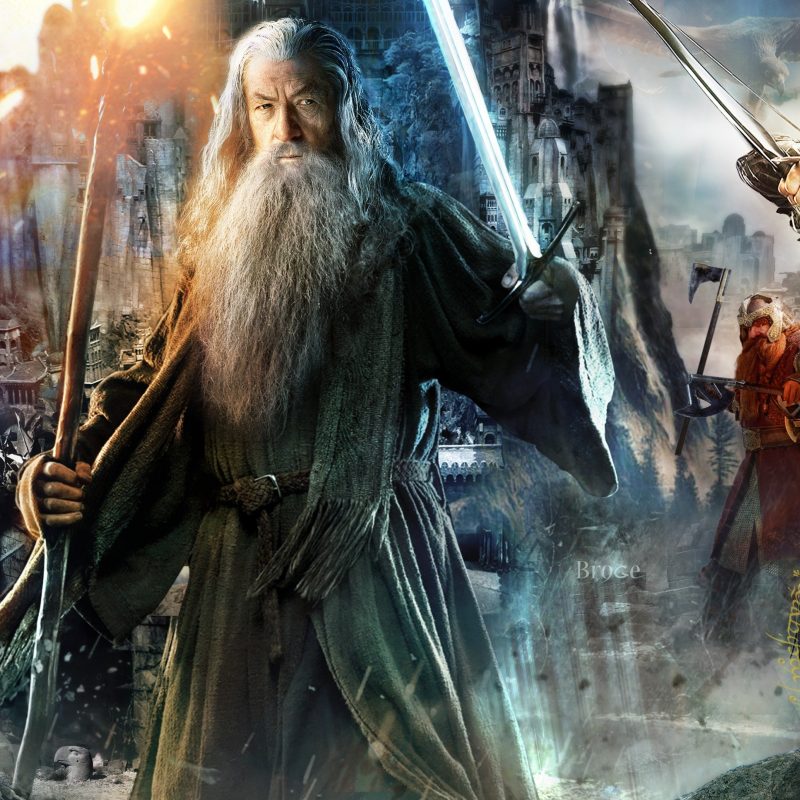

Video: 5/5 3D Rating: NAĪll three LOTR films were shot on 35mm in the Super 35 format with an aspect ratio of 2.39:1. Home Entertainment has provided both the theatrical and extended cuts of each film in this set, with the theatrical on individual discs and the extended cuts spread out over two discs per film. There have been many attempts, both before and after Peter Jackson’s The Lord of the Rings movies, to shoot multiple films almost nonstop (the first two Superman movies with Christopher Reeve, the Musketeers movies by Richard Lester, the latter two Back to the Future movies, the latter two Matrix films, even Jackson’s adaptation of The Hobbit), but none have been quite as successful commercially and critically. While that cut does include some rather important new scenes (such as the fates of Saruman and Grima Wormtongue), it also includes scenes that feel a bit repetitive (Aragorn’s battles with the Army of the Dead). The same cannot be said of the extended cut of The Return of the King, however. Both Fellowship and Two Towers have more character development moments, with the additional footage appearing seamlessly within the narrative. While I enjoyed the theatrical cuts, for the most part I prefer the extended cuts of these films. That additional running time does not include the fan club appreciation credits. The third and final film, The Return of the King, was released theatrically on December 17, 2003, going on to win 11 Academy Awards for that year including Best Picture and Best Director, with an extended cut arriving on 4-disc DVD one year later on Decemwith a whopping 52 additional minutes. The second film, The Two Towers, was released theatrically on Decemwith an extended cut on 4-disc DVD released on Novemwith an additional 46 minutes. The first film in the trilogy, The Fellowship of the Ring, was released theatrically on December 19, 2001, with Jackson’s extended cut released as a 4-disc special edition DVD set on Novemwith 30 minutes of additional or alternate footage. The three films would be shot as one long production, with principal photography starting in October of 1999 and lasting just over a year, completing in December 2000, with reshoots lasting through 2004 (for the extended cut of The Return of the King). Originally developed at Miramax, the studio deemed the project too expensive, and the trilogy found a home at New Line Cinema. Tolkien’s fantasy epic The Lord of the Rings for the big screen was most certainly a history-making event.

Director Peter Jackson’s undertaking of adapting J.R.R.


 0 kommentar(er)
0 kommentar(er)
